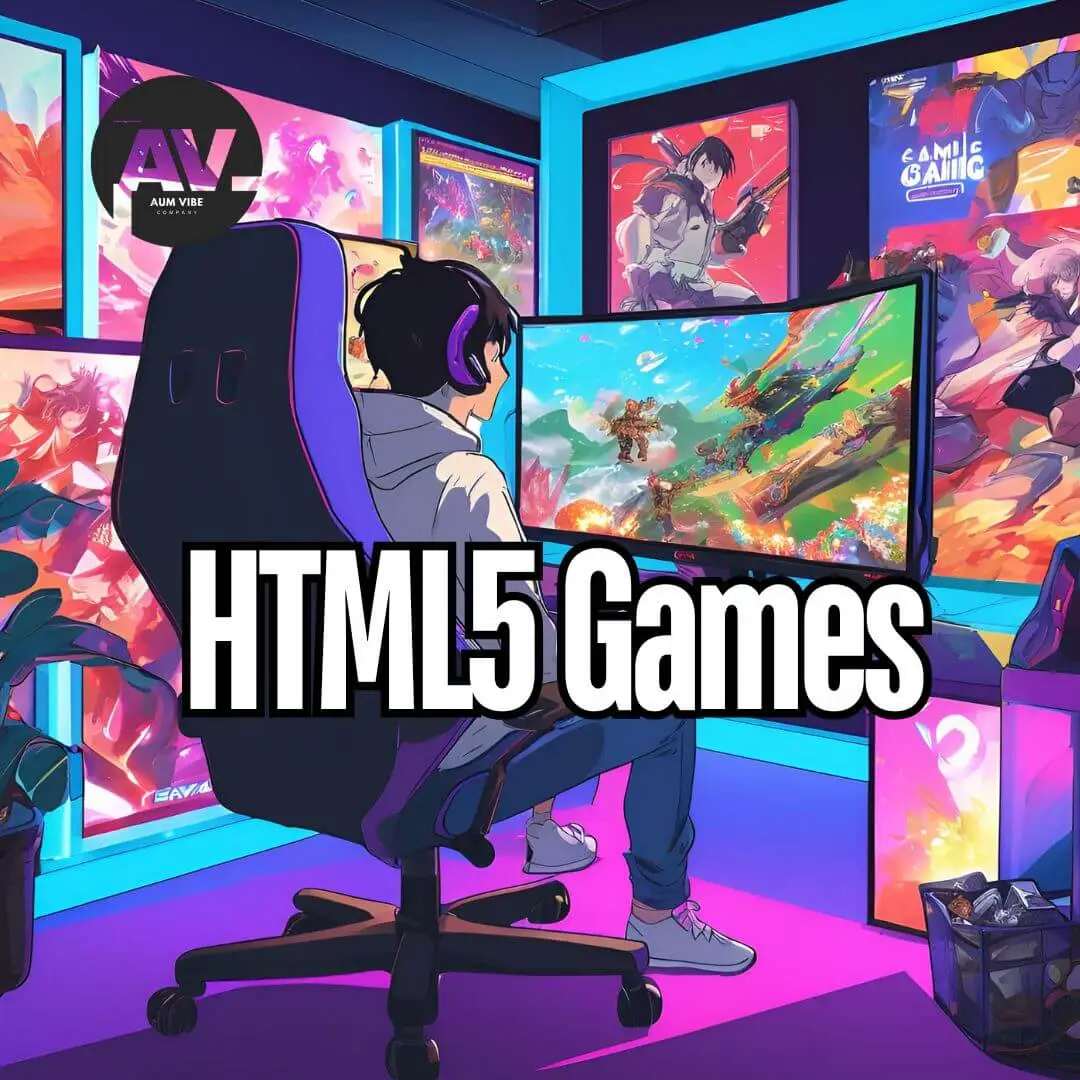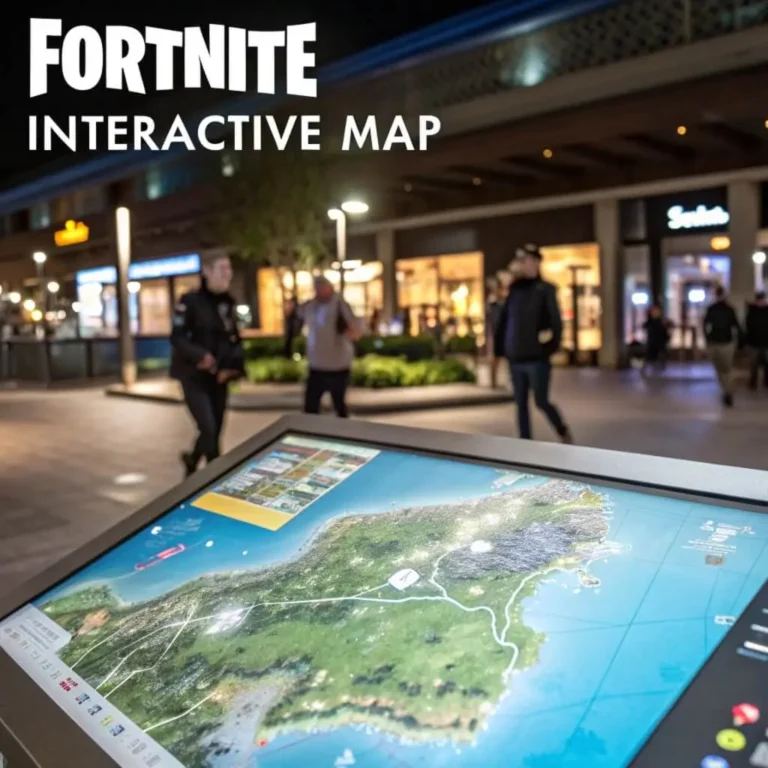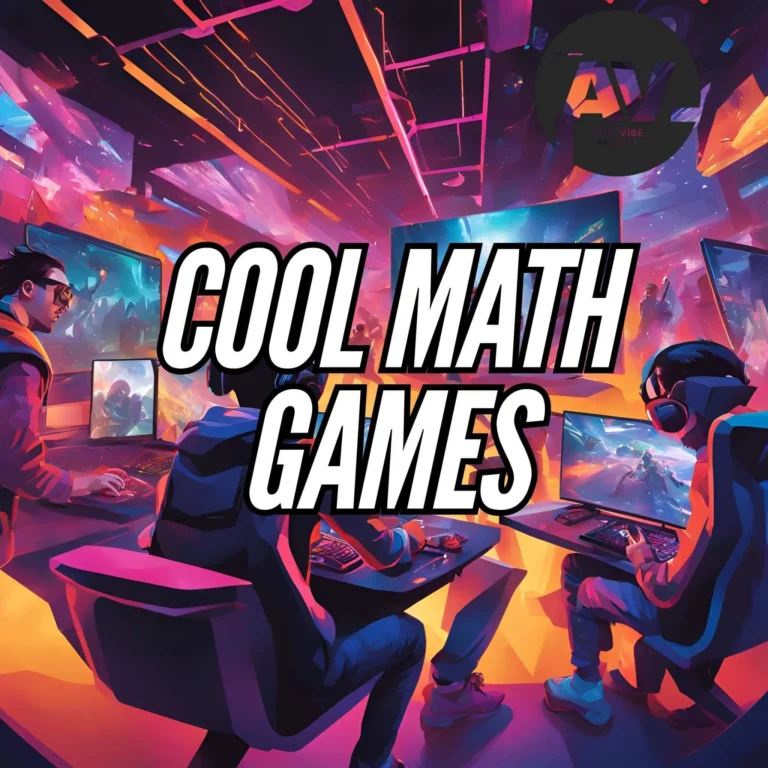
HTML5 Games
HTML5 games have rapidly gained popularity due to their accessibility, versatility, and cross-platform compatibility. This comprehensive guide will introduce you to the world of HTML5 games, covering their benefits, development process, popular genres, and tips for both players and developers.
What Are HTML5 Games?
HTML5 games are games built using the HTML5 framework, which combines HTML, CSS, and JavaScript to create interactive and dynamic applications. Unlike traditional games, HTML5 games do not require any additional plugins like Flash. They are playable directly in any modern web browser, making them easily accessible on desktops, tablets, and smartphones alike.
Why HTML5 Games Are So Popular
The popularity of HTML5 games stems from their unique advantages:
- Cross-Platform Compatibility: HTML5 games work on nearly any device with a web browser, including mobile phones, tablets, and PCs.
- No Download Needed: Since they are browser-based, players can start playing instantly without downloading or installing software.
- Responsive and Lightweight: HTML5 games are typically lightweight, loading quickly and adapting to various screen sizes.
- Frequent Updates: Since HTML5 games can be updated online, players always have access to the latest version without needing to reinstall or download patches.
Popular Genres in HTML5 Games
- Puzzle Games: HTML5 is well-suited for puzzle games due to its simplicity and low resource demand. Games like 2048 and Tetris clones are popular examples.
- Platformers: With responsive controls and animations, platform games like Run 3 and Super Mario adaptations work smoothly on HTML5.
- Arcade Games: Classic arcade titles, like Pac-Man and Space Invaders, can be recreated and enjoyed in HTML5, keeping retro gaming alive.
- Strategy Games: Real-time strategy and simulation games, such as Goodgame Empire, take advantage of HTML5’s robust framework for smooth gameplay.
- Casual Games: Simple, quick-to-play games like Candy Crush clones or Flappy Bird adaptations find a perfect platform in HTML5.
How to Get Started with HTML5 Game Development
If you’re interested in creating your own HTML5 game, here are some essential steps to follow:
1. Choose a Game Development Framework
Several libraries and frameworks make HTML5 game development easier:
- Phaser: A popular choice for 2D games, offering a vast community and extensive documentation.
- PixiJS: Known for its high-performance capabilities, ideal for complex 2D animations.
- Three.js: Although mainly for 3D applications, it’s useful if you want to experiment with 3D elements in HTML5 games.
2. Understand HTML, CSS, and JavaScript Basics
These are the core building blocks of HTML5 games:
- HTML: Structures the game and its elements.
- CSS: Adds styles and makes the game visually appealing.
- JavaScript: Powers game logic, animations, and interactivity.
3. Build and Test the Game
Start with a small project to test your skills. Use a local server environment to run the game and test it across various devices to ensure compatibility and responsiveness.
4. Host and Publish
Once complete, you can publish your HTML5 game on various platforms:
- Kongregate: An excellent site for sharing indie games.
- itch.io: Another platform for indie developers, allowing direct downloads or browser-based play.
- Self-hosting: If you have a website, you can host the game there and share it with your audience directly.
Tips for Playing HTML5 Games
- Explore Gaming Portals: Websites like Poki, CrazyGames, and Kongregate offer a vast library of HTML5 games across different genres.
- Try Multiplayer Games: Many HTML5 games now offer real-time multiplayer modes, allowing you to compete or collaborate with friends.
- Keep Your Browser Updated: To ensure optimal performance, use the latest version of your preferred browser.
- Use a Reliable Internet Connection: Although most HTML5 games are lightweight, some multiplayer or resource-heavy games benefit from a stable connection.
Advantages of HTML5 Games for Developers
HTML5 games offer developers flexibility and a fast deployment process. Here’s why many developers choose HTML5:
- Easy Deployment Across Platforms: With HTML5, developers can deploy their game to mobile and desktop with minimal adjustments.
- Open Source Frameworks: Tools like Phaser and PixiJS are open-source, making development affordable.
- Expanding WebGL Support: With WebGL, HTML5 games now have access to advanced graphics rendering, allowing for impressive visuals in 2D and 3D.
- Huge Audience Reach: By bypassing app stores and consoles, HTML5 games can reach a broader audience immediately.
Future of HTML5 Games
As HTML5 technology continues to improve, we can expect to see more innovative and high-quality games. The expansion of 5G networks and enhancements in browser capabilities could lead to even more immersive experiences. HTML5 may also play a significant role in the development of VR and AR experiences, opening up new possibilities in gaming, casino888bets and beyond.
You may also like: Small Business Loans
Conclusion
HTML5 games have revolutionized the gaming industry by making games more accessible and cross-platform. Whether you’re a player or an aspiring developer, exploring the world of HTML5 games offers endless possibilities. With ongoing improvements in technology, HTML5 games are set to remain a vital part of the digital gaming landscape for years to come.






